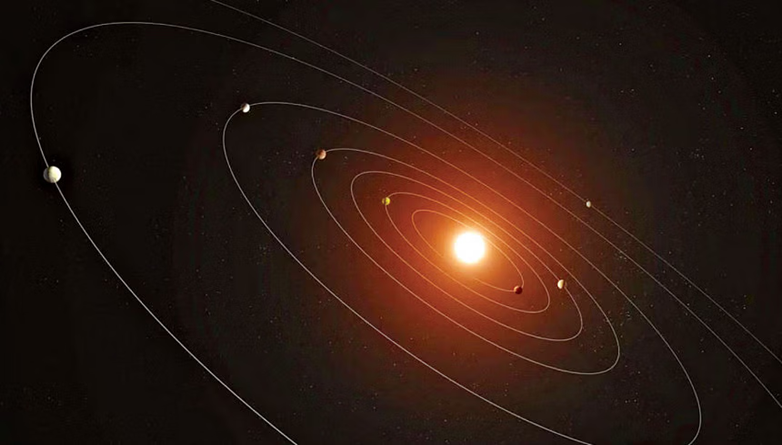Alien worlds: NASA's telescope hunts down 8 'super-Earths' to solve cosmic puzzle

The Kepler space telescope has been able to identify the majority of the exoplanets, which is more than 5,500 in total.
However, NASA's Transiting Exoplanet Survey Satellite (TESS) has been adding more alien worlds to the ever-increasing planetary catalogue of the cosmos.
With the help of statistical methods to look through large quantities of data of TESS, a group of scientists, headed by University of New South Wales' Ph.D. student Priyashkumar Mistry, discovered eight new exoplanets.
As per NASA, each one of these newly-discovered planets is a "super-Earth", which is a type of exoplanet that is bigger than Earth but smaller compared to Neptune.

Nearly 400 exoplanets have been confirmed by TESS to date, and 6,977 planets await confirmation. The nearby stars are observed by the satellite, and the dips and fluctuations in their brightness are noted.
If such dips are spotted, they indicate that something crossed between Earth and the star, which can be a new exoplanet.
"If this orbital motion ever comes between us and the star we will observe a dip in the brightness of that observed star. This is what we call a transit," said Mistry, while speaking to Space.com.
The Validation of Transiting Exoplanets using Statistical Tools (VaTEST) project was used by Mistry and his team for identifying anomalies, which helped in detecting the presence of exoplanets in the data of TESS.

Importance of statistical tools
Only the transiting exoplanets do not cause such dips, it can also be a result of a star orbiting another star (binary system) which may have generated a transit-like signal.
Mistry stated that the transit method only helps in getting the radius of an orbiting body. Generally, a method called radial velocity (RV) is used to understand the mass of a transiting object.
It can take a lot of time to detect the RV signal as astronomers keep on observing just one star, especially if the exoplanet has a long orbital period.
However, Mistry and his team were provided by VaTEST with another means to confirm if these transiting events were a result of orbiting exoplanets.
"The tool takes in the transit data and some inputs such as transit depth, period, TESS identifier, etc. Then based on that it starts fitting different models on the data and performs some probability calculations. And then finally it calculates False Positive Probability (FPP), if it turns out to be < 1% then we can validate that transit signal as a planetary transit," Mistry stated.
Source: websites

